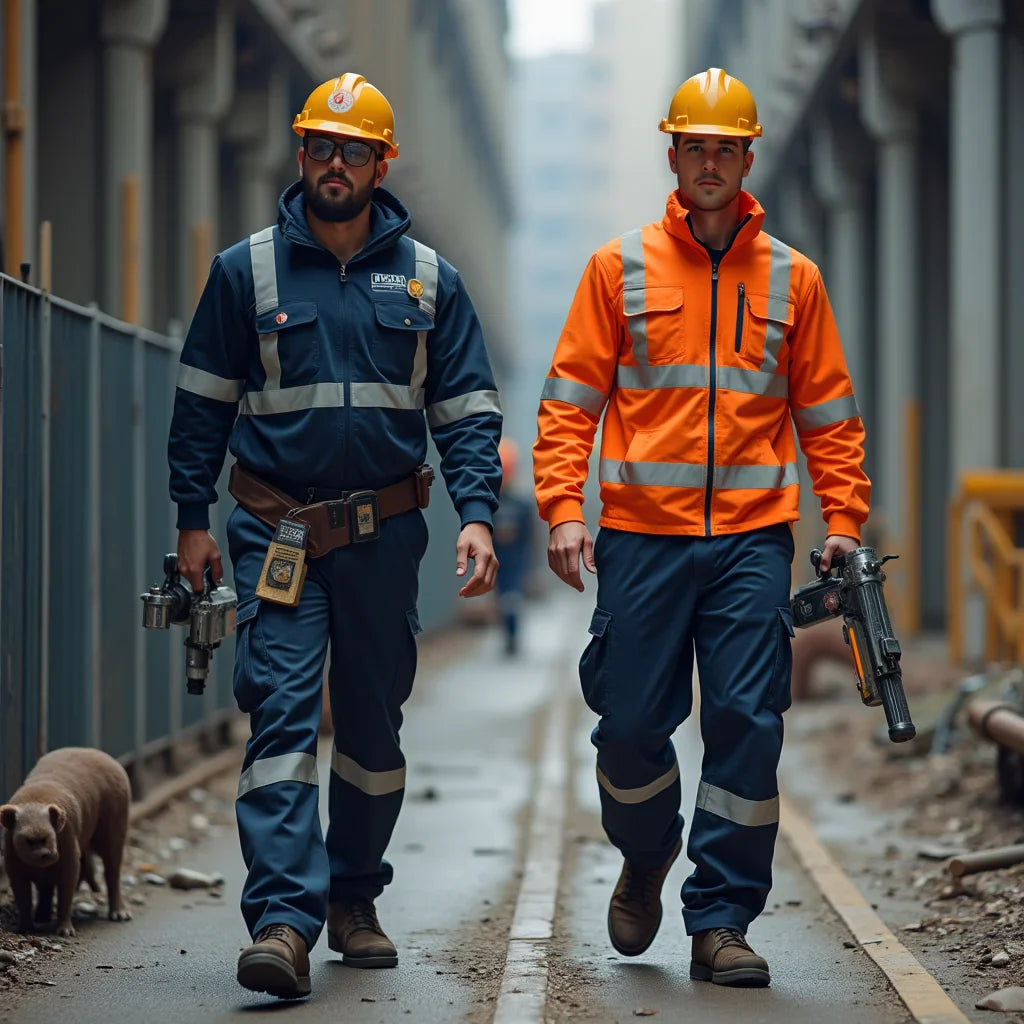The hidden ROI of corporate uniforms across your business
Safety Workwear Essentials Your Crew Really Needs Most
Branding With Uniforms Builds Cohesion Customers Remember
Workwear Mistakes That Hurt Comfort and Credibility
5 Things You Don’t Actually Need to Launch Your Ecommerce Business
How to Choose Uniforms That Elevate Comfort and Brand
The Top Three Mistakes Venues Make When Choosing a Staff Uniform
Staff uniforms shape first impressions, yet many venues still get them wrong. The biggest mistakes are ignoring employee feedback, relying on rigid bulk suppliers with delays, and choosing price over performance. Avoid these pitfalls to lift morale, sharpen your brand, and save on long term costs.
Key Issues to Consider When Choosing Employee Uniforms
Choosing to introduce uniforms in the workplace may appear simple at first, but it involves more than just picking a style or color. The right approach can strengthen team unity, elevate your brand image, and create a professional impression. Get it wrong, however, and it can result in discomfort, dissatisfaction, and unnecessary conflict.
Bamboo Charcoal vs Bamboo Fabric for Uniforms










